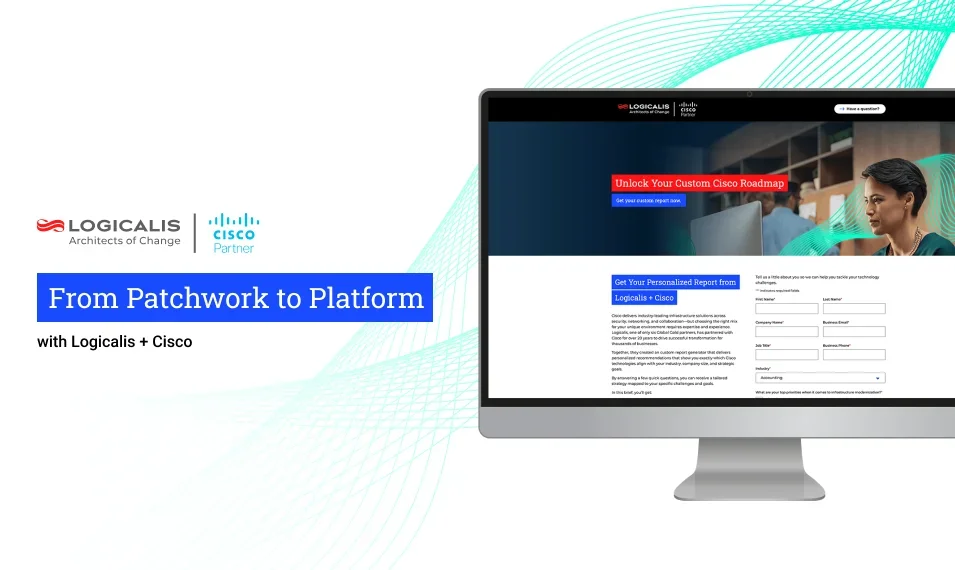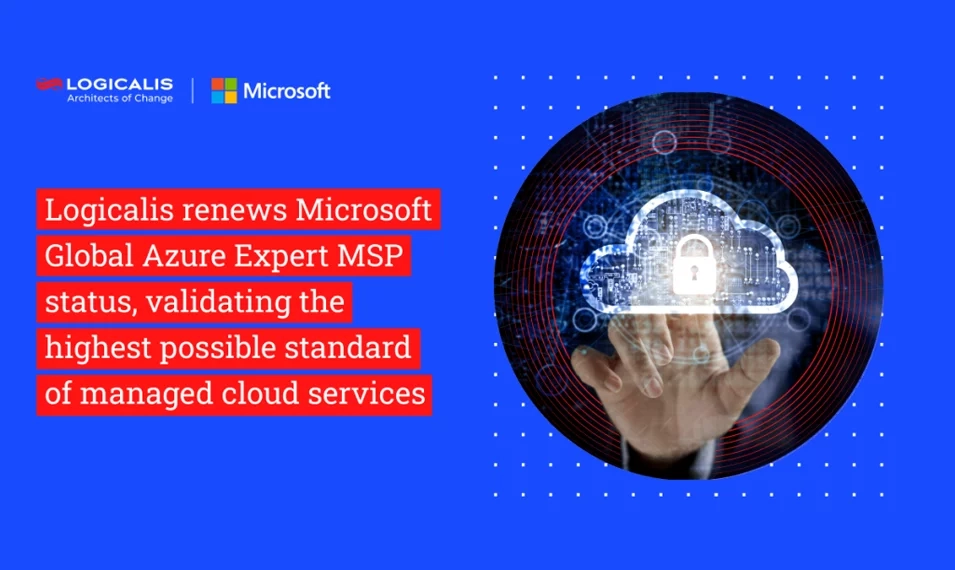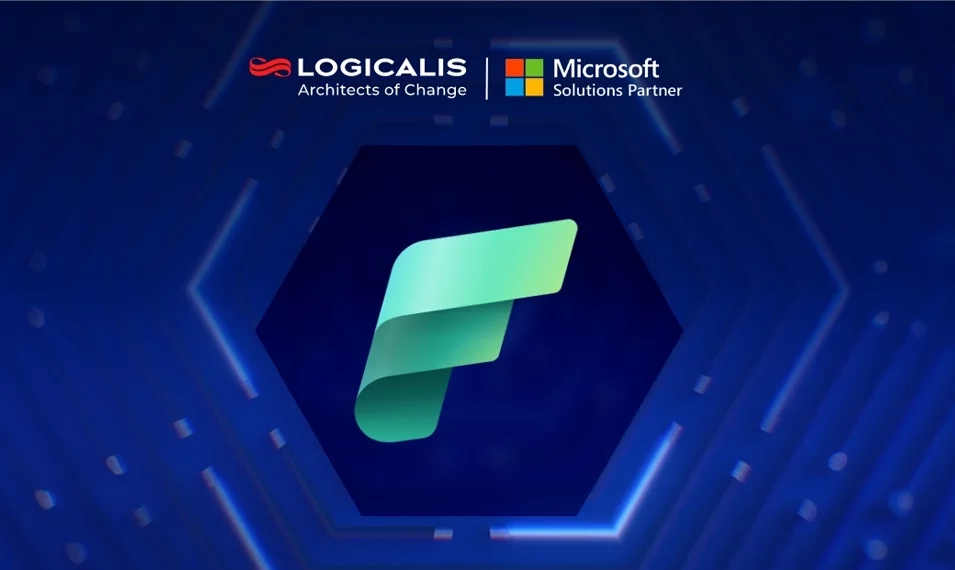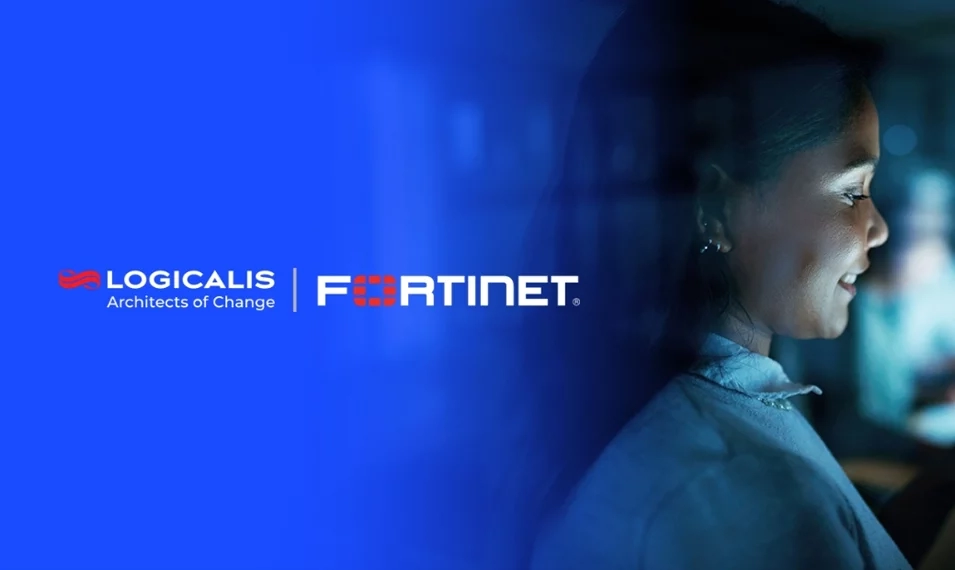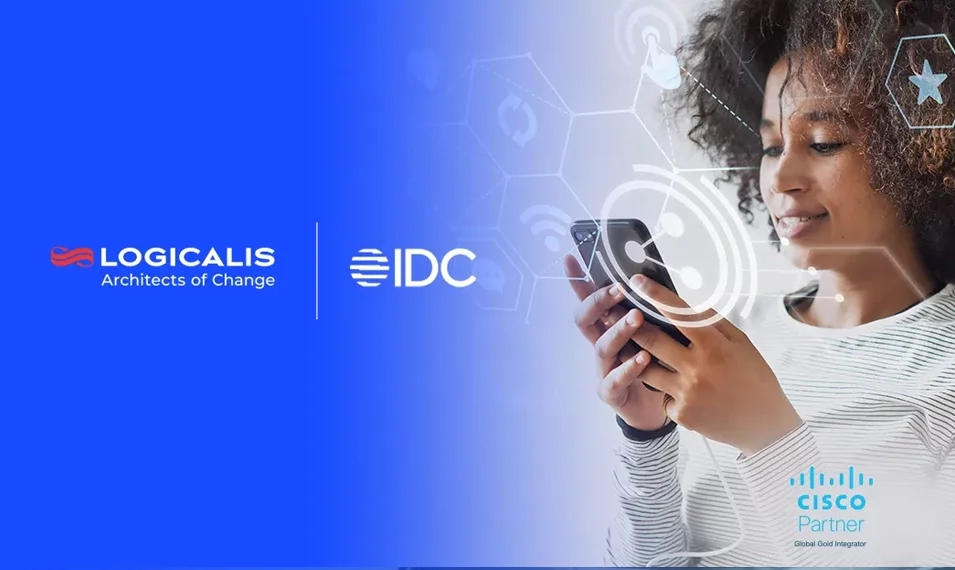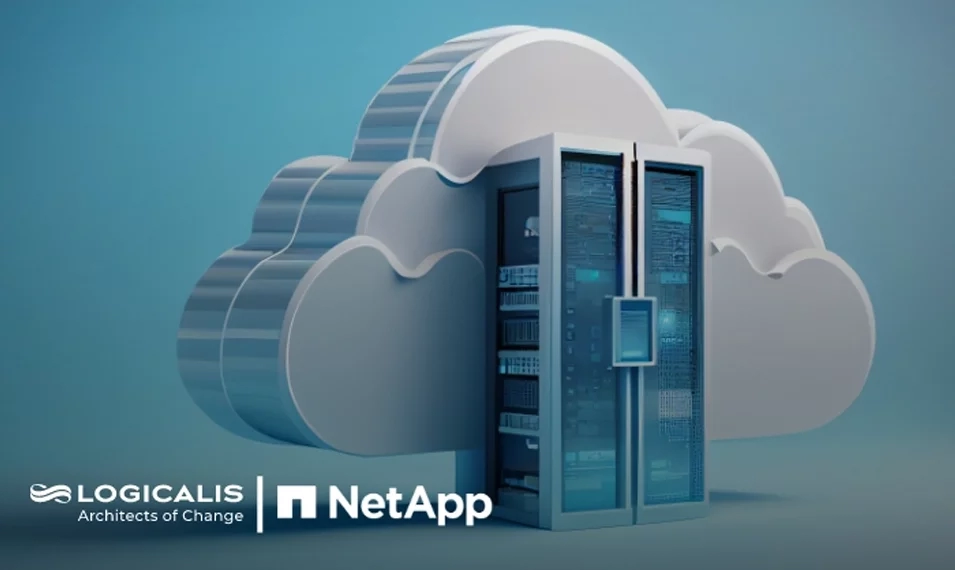
USA, Nov 17, 2023
For companies that demand secure, reliable, high-performing networks in isolated, underground, or otherwise remote locations, private wireless networks are all the rage.
These private LTE/5G wireless networks are defined by IDC as:
“any 3GPP-based cellular network deployed for a specific enterprise/industry vertical customer that provides dedicated access to private resources…[like] dedicated spectrum, dedicated hardware and software infrastructure, and which has the ability to support a range of use cases spanning fixed wireless access, traditional and enhanced mobile broadband, IoT endpoints/sensors, and ultra-reliable, low-latency applications.”
IDC predicts that worldwide private LTE/5G wireless infrastructure revenues will reach $8.3 billion by 2026, up significantly from $1.7 billion in 2021, resulting in an astonishing five-year CAGR of 35.7%.
And while LTE private wireless networks will continue their steady growth, private 5G is evolving at a fast clip. According to Analysys Mason, 5G accounted for over 50% of all publicly disclosed private network announcements at the end of 2022. When non-public announcements are included, this number drops slightly but most expect that private networks will eventually use 5G.
So what’s the difference between LTE and 5G private networks…and why all the buzz?
Private LTE vs. private 5G: What’s the difference?
In use for more than ten years, private LTE (4G) networks provide secure, reliable connectivity in certain use cases—for example, in edge environments outdoors, underground, or in isolated remote areas—wherever coverage is needed. In terms of bandwidth and latency, 4G is often sufficient for many enterprise needs.
But many businesses are starting to explore the next generation of cellular network technology for more demanding environments. 5G can help enterprises achieve their digitization goals by connecting devices together to generate increasingly useful data. Not only will private 5G enable automation, streamline production processes, and deliver significant cost efficiencies, but it will also help enable emerging applications, such as autonomous vehicles, drones, and robotics.
While private LTE offers significant advantages over public 5G, private 5G offers numerous performance advantages, including faster data transmission, lower latency, and more connected devices. 5G will ultimately meld user and device or machine experience for near seamless connectivity.
Enterprises that have deployed private LTE/5G networks are already seeing positive business outcomes, says research firm Analysys Mason. The most common goal—automation—can help reduce costs and increase productivity. Private 5G can also drive significant energy savings, enabling businesses to both improve worker safety and security and meet their sustainability goals.
Private LTE is expected to continue to play an important role, but the private 5G market is quickly evolving. Early-adopter organizations (and organizations with private LTE that are “5G ready”)—such as healthcare, manufacturing, transportation/logistics, mining and oil/gas, and the public sector—will drive the deployment of 5G and be better positioned to develop advanced applications to outpace competitors.
Private LTE/5G + Wi-Fi: A perfect complement
In theory, Wi-Fi offers 5G performance. Having been around since 1997, Wi-Fi is a familiar standard and, as such, Wi-Fi infrastructure is relatively inexpensive to install and manage. However, Wi-Fi has limitations as a standalone connectivity solution:
- Security – Where private wireless networks are encrypted and require a company-owned SIM card for each endpoint to access the network, Wi-Fi is susceptible to malware and other threats where credentials can be stolen, enabling ready access to the network by malicious actors.
- Coverage – Where Wi-Fi (and Wi-Fi 6 and Wi-Fi 7) is ideal for connecting many indoor applications, private LTE/5G is better suited to outdoor applications where Wi-Fi deployments can be complex and cost-prohibitive—or indoor applications that require dedicated, licensed spectrum. For example, having enough bandwidth at the edge is a key requirement to operate an oil rig in the middle of the ocean, a mine 1,000 feet (or more) underground, or traffic signals throughout a city. Or to protect highly regulated medical data passing across dedicated devices and networks within a hospital setting.
- Performance – Where both Wi-Fi and 5G operate on shared spectrums, Wi-Fi can suffer performance challenges when sharing bandwidth across connected devices. It’s also more prone to interference and usage-based fluctuations, as well as lags and dropouts due to the number of access point handoffs.
The reality is that Wi-Fi is no match for 5G reliability and performance guarantees, such as low latency, faster speed, and greater bandwidth. Private wireless networks also provide other advantages over Wi-Fi:
- They’re specifically designed for mobility.
- They offer increased power levels to support greater coverage areas.
- They enable much greater device density.
But choosing and deploying a private LTE/5G network isn’t about replacing one technology with another. It’s about addressing business requirements and leading use cases using the appropriate technologies, whether it’s Wi-Fi (or even wired networks) or private wireless networks.
Finally, and particularly with private 5G, there are cost and spectrum availability barriers that must be overcome for widespread adoption. Fortunately, Logicalis and Cisco have introduced a private 5G as a service solution that mows down the barriers to entry, making private 5G not only possible but much more affordable—and it doesn’t require you to build and operate another network.
Logicalis: The first Cisco partner to deliver Cisco private 5G as a service
As one of five Cisco Global Gold partners, Logicalis has been on the leading edge of private LTE deployments and is the first to deliver Cisco’s private 5G solution. Logicalis combines deep expertise with Cisco networks and its award-winning managed services—backed by a growing ecosystem of carrier services—to deliver a full-stack, subscription-based Cisco Private 5G as a service solution.
This Cisco Private 5G solution is integrated with Cisco networking and security technologies at the core and delivered as a service by Logicalis, giving you all the benefits of a private 5G network while minimizing the risk of heavy upfront CapEx costs. And an intuitive dashboard eliminates the operational headaches that come with private network ownership.
Logicalis has also teamed with industry-leading, Cisco-recommended Radio Access Network, Evolved Packet Core, and User Equipment providers, as well as numerous US providers who can deploy macro-cell (towers) both indoors and outdoors. This is an ecosystem that will continue to grow, providing added deployment flexibility for your environment.
If you’re in an industry with distributed operations or IoT-heavy environments—or where Wi-Fi is less than reliable or not available—a private LTE/5G network will enhance your overall connectivity and ease reliability, security, bandwidth, and availability concerns.
Download the datasheet to learn more or schedule your complimentary network workshop and see how private wireless services for LTE and 5G can make a difference in your environment.
Chris Calvert, VP of Private Wireless Solutions for Logicalis, is responsible for building private cellular networks and creating wireless WAN solutions for our customers.






